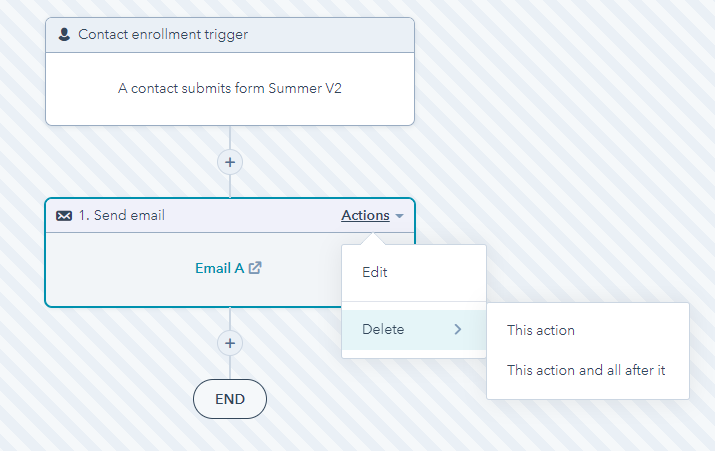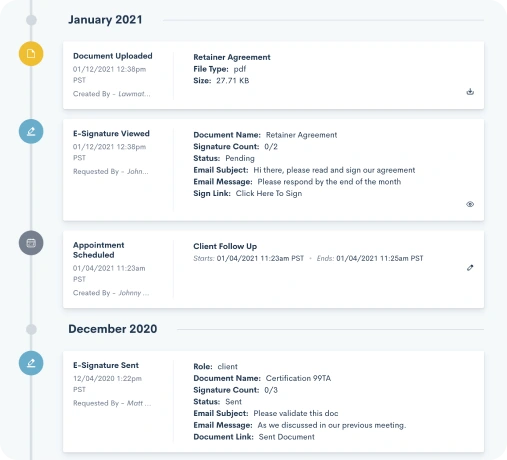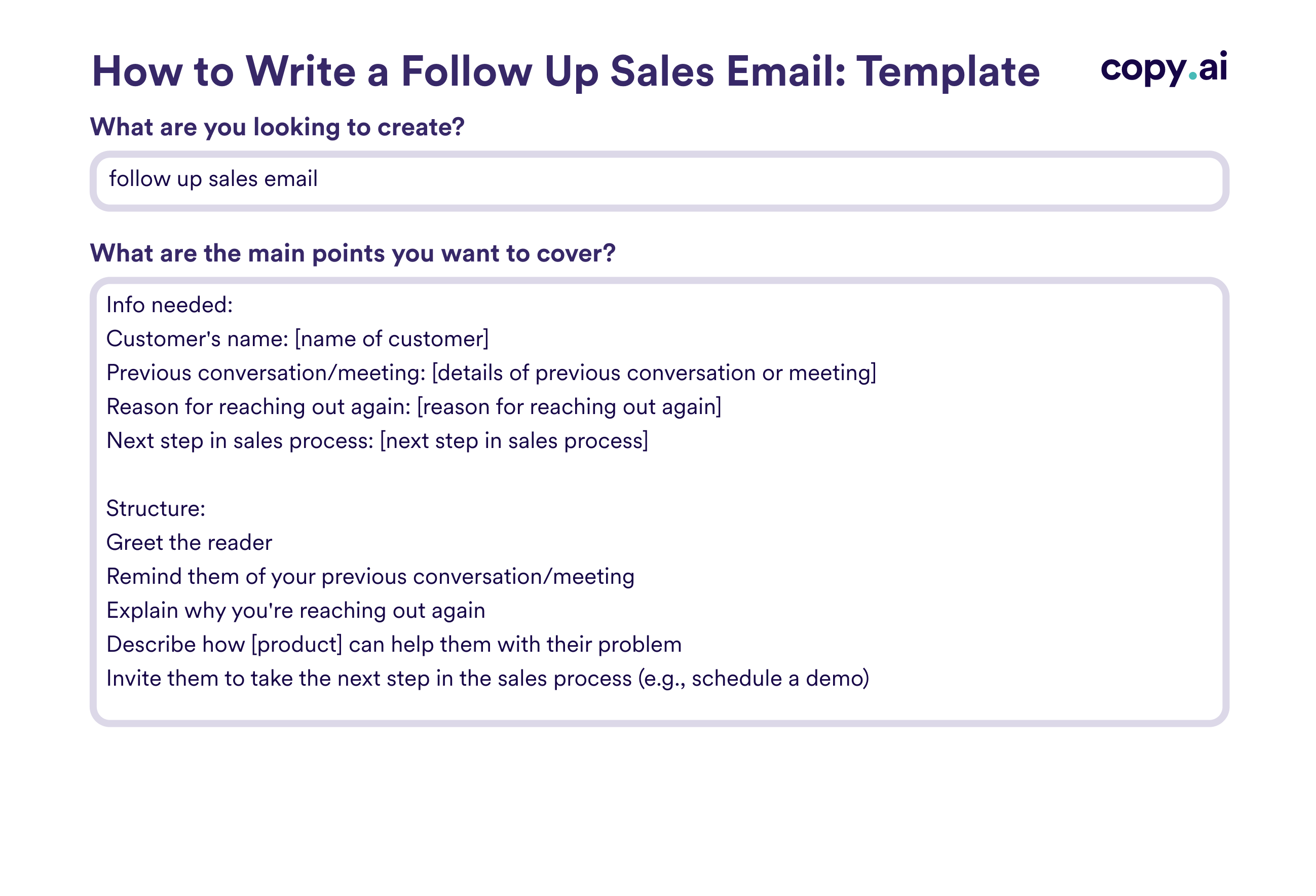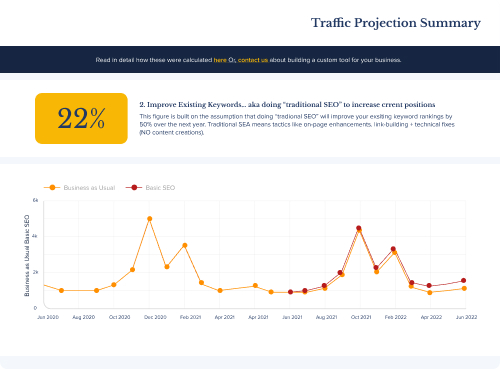As a personal injury attorney, your intake process is your first line of defense against time-wasting tire kickers.
But most intake forms are clunky, generic, and do little to set your firm apart.
The result? You waste countless hours chasing dead-end cases, while your best leads slip through the cracks.
It’s time to rethink your intake process from the ground up. And it all starts with your intake form.
In this post, you’ll discover:
- The 5 intake form optimizations that can seriously boost your conversion rates
- The exact questions to ask to quickly qualify (or disqualify) PI leads
- How to use your intake form to stand out from competing firms
- The automated follow-up strategies to engage and convert leads on autopilot
Personal Injury Intake Form Template Bank
- Personal injury intake form template
- Car accident intake form template
- Medical malpractice intake form template
Why Your Personal Injury Intake Form is Costing You Cases
The harsh truth is, most PI intake forms are nothing more than glorified contact forms.
They don’t effectively qualify leads, showcase your unique value proposition, or compel potential clients to choose your firm over the competition.

Even worse, they create friction and drop-off points that can slash your conversion rates and marketing ROI.
But it doesn’t have to be this way. With a few key optimizations, your intake form can become a powerful tool for attracting and converting your ideal clients.
Building The Perfect Personal Injury Intake Form
Ready to turn your intake form into a case-generating machine? Here are 5 proven tips to get you started:
#1. Keep it Concise (But Comprehensive)
When it comes to intake forms, less is more. You want to gather enough information to qualify the lead, without overwhelming them with unnecessary questions.
Aim for 10-15 form fields, tops. Any more than that, and you risk losing the lead’s attention (and the case).
Focus on the essential details:
- Contact information
- Incident details (date, location, type of accident)
- Injuries sustained
- Medical treatment received
- Insurance information
- Brief description of what happened
Remember, the goal at this stage is to gather just enough information to determine if the case is worth pursuing. You can always collect more details later in the process.
#2. Showcase Your Unique Value Proposition
Your intake form is an opportunity to differentiate your firm and showcase your unique value proposition.
What sets you apart from other personal injury attorneys in your market? Is it your track record of big settlements? Your client-first approach? Your cutting-edge case management software?
Whatever it is, make sure it’s front and center on your intake form. This could be as simple as a bold headline, a few bullet points, or even a short explainer video.
The key is to give potential clients a reason to choose your firm over the dozens of others fighting for their attention.
#3. Use Conditional Logic to Qualify Leads
Not all personal injury cases are created equal. A slip-and-fall claim is very different from a complex product liability case.
That’s where conditional logic comes in.
By using dynamic form fields that change based on the user’s previous answers, you can create a hyper-relevant intake experience that speaks directly to the lead’s unique situation.

For example, if a lead selects “car accident” as the incident type, you can display questions about vehicle damage, traffic citations, and fault. If they select “medical malpractice”, you can ask about the type of procedure, the doctor involved, and any witnesses.
This level of specificity not only makes the lead feel understood but also gives you the information you need to quickly assess the merits of the case.
#4. Integrate with Your CRM and Marketing Automation Tools
If you’re serious about optimizing your personal injury intake, it’s time to ditch the generic contact forms and invest in specialized personal injury intake software. Look for a solution that seamlessly integrates with your CRM and marketing automation tools.

This allows you to:
- Automatically create new lead records and case files
- Trigger personalized follow-up sequences (more on this in a minute)
- Track lead sources and conversion rates
- Assign leads to the right team members
- Set tasks and reminders for follow-up
The goal is to create a frictionless lead management process that ensures no case falls through the cracks.
#5. Follow Up Instantly and Consistently
11% of legal consumers decide to hire the first attorney they speak with. In other words, by delaying your follow-up, you’re practically handing over more than 1/10 of potential cases to your competitors.
The solution? Automated follow-up sequences that engage leads within minutes of form submission.

This could include:
- An instant autoresponder email confirming receipt of their form submission
- A personalized text message from the intake specialist assigned to their case
- A phone call from a case manager to gather additional details and schedule a consultation
- A series of educational emails or videos that showcase your expertise and build trust
The key is to strike while the iron is hot and make the lead feel valued and understood from the very first interaction.
Steal Our Proven Personal Injury Intake Form Template
Ready to put these strategies into action? Swipe our proven personal injury intake form template below.
It’s based on hundreds of client engagements and has been battle-tested in the most competitive markets.
Contact Information
- Name*
- Phone*
- Email*
- Address
Incident Details
- Date of Incident*
- Type of Incident* (dropdown with options i.e. Car Accident, etc.)
- Location of Incident*
- Brief Description of What Happened*
- Were There Any Witnesses?
Injuries and Treatment
- What Injuries Did You Sustain?*
- Have You Received Medical Treatment for Your Injuries?*
- Please List the Medical Providers You’ve Seen* (if yes to previous question)
Insurance and Legal
- Do You Have Health Insurance?*
- Name of Health Insurance Provider
- Have You Reported the Incident to Any Insurance Companies?*
- Have You Hired an Attorney for This Incident?*
How Can We Help?
- What would you like to see happen with your case?
- What questions do you have for our legal team?* (open-ended text box)
Obviously, this is just a starting point. Feel free to customize this personal injury intake questionnaire to fit your unique practice area and client base. Regularly review and optimize it based on feedback from your acquisition leads, case managers, and clients.
Download Personal Injury Law Firm Intake Form As PDF (FREE)
Use the link below for a free download of the personal injury lawyer intake form as seen above.
→ Download FREE PDF
What’s Next?
By implementing the strategies and template above, you’re well on your way to attracting and converting more of your ideal personal injury cases.
But the work doesn’t stop there. Once a lead submits your intake form, you need to have a well-oiled follow-up process in place to nurture them towards becoming a client.
This should include:
- Instant lead notifications to your intake team
- Personalized follow-up messages across multiple channels (email, text, phone)
- A standardized lead qualification process
- Automated appointment scheduling
- Educational content that builds trust and showcases your expertise
The goal is to make it as easy as possible for leads to take the next step and hire your firm.
And of course, once you’ve signed the case, you need to deliver an exceptional client experience from start to finish. That means regular communication, transparent case updates, and a laser focus on getting the best possible outcome for your client.
Keep in mind, your personal injury intake process is only as strong as the people running it. That’s why it’s critical to have a dedicated personal injury intake specialist on your team. This person should be responsible for quickly qualifying leads, gathering essential case details, and guiding potential clients through the intake process. Look for someone with excellent communication skills, a strong work ethic, and a passion for helping injury victims get the justice they deserve.
At the end of the day, that’s what it’s all about – helping injury victims get the justice and compensation they deserve. And it all starts with your intake form.
Conclusion
Effectively acquiring new leads is a critical aspect of running a successful law firm. But it’s not just about getting tons of leads – it’s also about setting up a smooth lead qualification process. This means having a standardized system in place to swiftly pinpoint which leads are worth pursuing and which may not be the best fit.
So, what are you waiting for? Implement these proven strategies today and watch your caseload (and your revenue) take off.
And if you need help fine-tuning your intake process for maximum results, schedule a free consultation with our team at WEBRIS. We have years of experience optimizing lead intake for legal and can help you achieve the best possible outcomes for your law firm.










